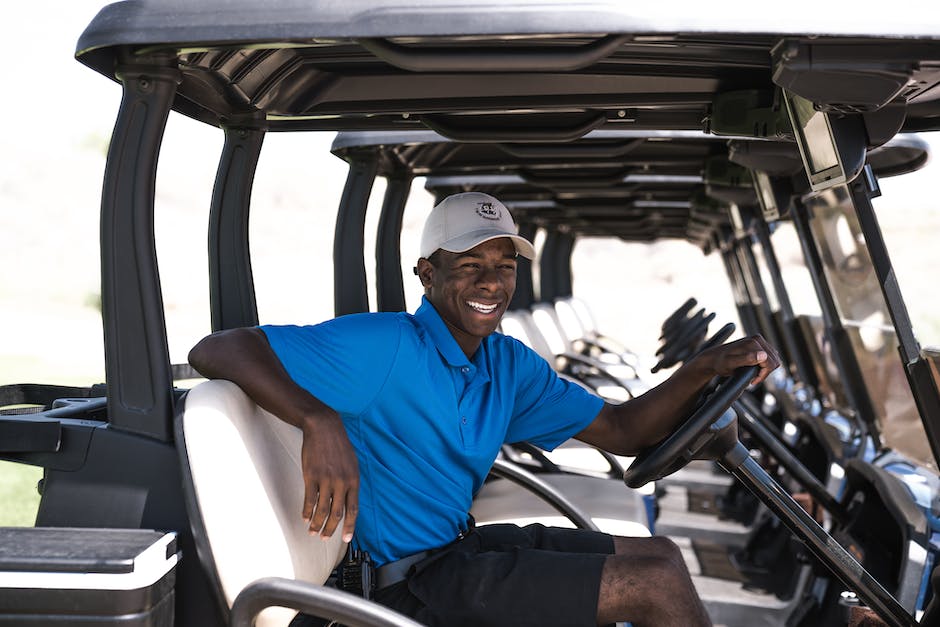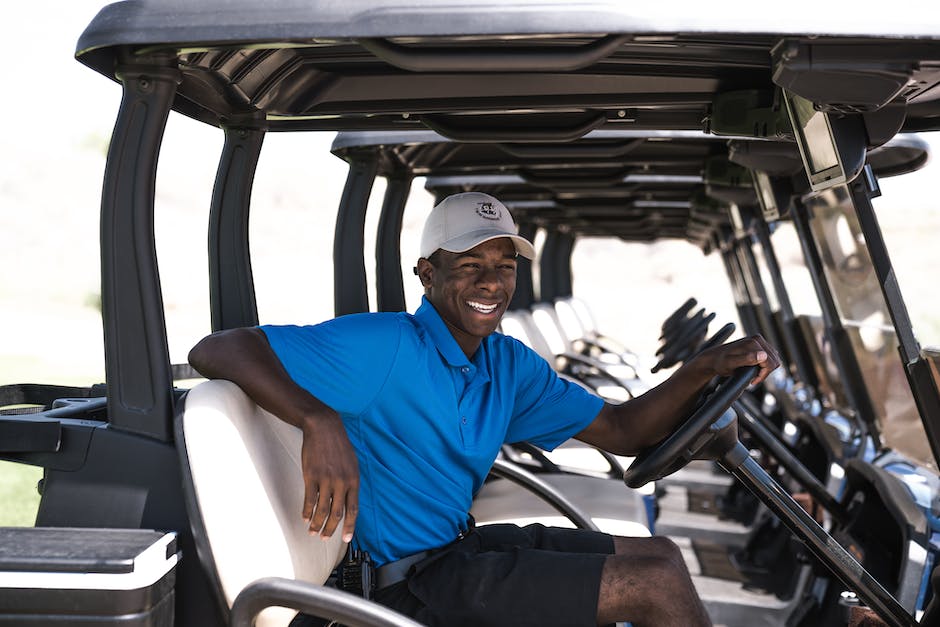Gripping a golf driver correctly is important for two main reasons. First, gripping the golf driver too tightly can lead to loss of control and bad shots. Second, gripping the golf driver too loosely can also lead to bad shots. Here is a guide on how to grip a golf driver correctly.
There are a few different ways do this, but the most common is probably the 10-finger grip. You can also do an overlapping grip, or a interlocking grip.
What is the correct way to grip a driver?
The heel pad is a fleshy, fatty area on the bottom of the foot that helps to absorb shock and protect the bones and joints. It is located just behind the heel and is connected to the Achilles tendon. The heel pad can vary in size and thickness, and usually gets thicker as we age.
There is no need to use different golf club grips for your driver and irons. In fact, doing so would only serve to inconsistency and a smooth transition between your stronger and mid-loft golf clubs.
How do you put a golf grip on a driver
This is a great way to get a grip on your solvent! Blocking the hole at the end of the grip with your finger, pour the solvent into the grip and roll it around. This will help to evenly distribute the solvent and get a good grip on the situation!
It is important to keep the grip and hands in front of the clubhead and ball during the setup and swing. Many amateur golfers believe that the grip and clubhead come back to the position they are in during the setup, but this is incorrect. The hands and grip must move forward before the clubhead in order to properly compress and control the ball.
Should you tilt shoulders with driver?
Shoulder tilt is an important factor in determining the trajectory of your golf swing. If your shoulders are tilted too far away from the target, your club will travel on an upward path, resulting in a loss of distance. Conversely, if your shoulders are tilted too close to the target, your club will travel on a downward path, resulting in a loss of accuracy. The key is to find the happy medium between the two extremes.
The pressure you use to hold a golf club should be similar to the pressure you’d use to hold a small bird. You don’t want to hold the club too tightly, or the bird will fly away, but you also don’t want to hold it too loosely, or you’ll crush the bird.
Why do I hit my irons well but not my driver?
Hi there!
This is a relatively common issue with golfers trying to swing all the clubs the same way – the driver should have a slightly more shallow path. With the irons, you are trying to hit down and through the golf ball, and it is a slightly different swing.
Hope this helps and happy golfing!
Midsize or Jumbo grips can provide extra vibration dampening at impact to reduce shock, in addition to reduced tension in the hands and arms during the swing. This can be especially beneficial for golfers with arthritis or other hand conditions.
What are the three common ways to grip a golf club
There are three basic types of golf grips: Vardon/Overlapping, Interlocking, and Ten-Finger grips. Each has its own advantages and disadvantages, so it’s important to choose the one that’s right for your game.
The Vardon/Overlapping grip is the most popular grip among professional golfers. It’s named after Harry Vardon, who popularized the grip in the late 1800s. The advantage of this grip is that it gives you more control over the club, particularly when hitting shots from the rough. The downside is that it can be more difficult to maintain your grip on the club, especially if your hands are sweaty.
The Interlocking grip is most often used by those with small hands. The advantage of this grip is that it keeps the club from slipping in your hands. The downside is that it can make it more difficult to release the club properly on your shots.
The Ten-Finger grip is also known as the baseball grip. It’s the most natural grip for most people, and it’s the one that’s easiest to learn. The advantage of this grip is that it’s very easy to maintain. The downside is that it can be more difficult to control the club, particularly on shots
The vast majority of professional golfers today use the overlapping grip, which is also commonly known as the Vardon grip. This grip was first popularized by Harry Vardon, who used it to great success in the late 1800s and early 1900s. Vardon’s newfound technique revolutionized the sport so much that the grip bears his name to this day. If you take golf lessons, you’ll likely be taught how to use the overlapping grip. It’s a simple but effective grip that can help you hit the ball more accurately.
How should a beginner grip a golf club?
When holding a tennis racket, you can imagine that the top of the grip is at 12 o’clock and the bottom of the grip is at 6 o’clock. This will help you to hold the racket in the correct position.
Making sure your ball position is correct is important to avoid slicing the ball. Playing the ball too far forward will only make the slice worse and cause more left-to-right curve. Once you establish ball position, make sure your body is aligned correctly. Your shoulders should be square or parallel left of your target line.
Should I stand closer to ball for driver
You need to stand further from the ball when hitting a driver. If you stand too close to the ball with longer clubs, you may find that your golf shots are too upright or slice to the right. As clubs get longer, they start to move further away from the ball.
When your ball is too far back in your stance, it creates a steeper swing plane which in turn makes it more likely to hit the ball high on the face. This will cause your ball flight to be too high and your backspin rate will be out of control.
Should my hands be forward with driver?
It is important to position the ball forward in your stance when using a driver, as this will ensure that you make contact with the ball on the upswing. If your hands are positioned too far forward at set-up, they will be in the way of the ball at impact.
The knee is a very important joint in the golf swing as it is responsible for maintaining stability and keeping the lower body level. The left knee should never dip down during the backswing as this will cause the whole body to tilt forward and lose balance. Instead, the right knee should be slightly bent with the weight distributed evenly between both feet.
Should you bend your knees when hitting a driver
Leading with your trail knee will help you turn your hips and shoulders more, giving you more distance. Make sure to bend and straighten your knees throughout your backswing for the best results.
This is referring to the area of the body known as the lower abdomen. This area is important because it is where the hips and waist meet, and it is also home to many of the body’s vital organs. The lower abdomen is a common location for pain, and it can also be a sign of many different health problems.
Warp Up
There are a few different ways to grip a golf driver, but the most common is probably the overlapping grip. To do this, simply place your pinky finger on top of the space between your index and middle finger on your left hand (for right-handed golfers). Then, take your right hand and place it over the top of your left hand, interlocking your fingers.
There are a few things to keep in mind when gripping a golf driver. First, grip the club in your fingers, not in your palm. Second, keep your grip light – you should be able to hold the club with just your fingers, not your whole hand. Third, when you place your hand on the club, make sure that your thumb is on the top side of the club. Fourth, don’t grip the club too tightly – you should be able to slide your hand up and down the club with ease. Finally, make sure that your grip is comfortable and that you can hold the club in a relaxed manner.


